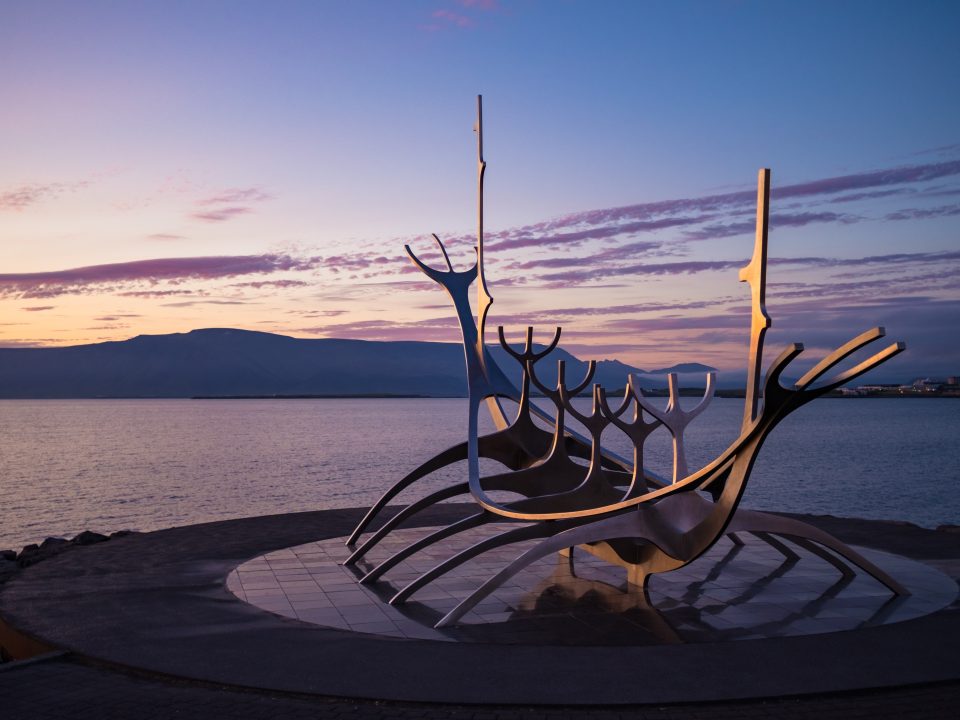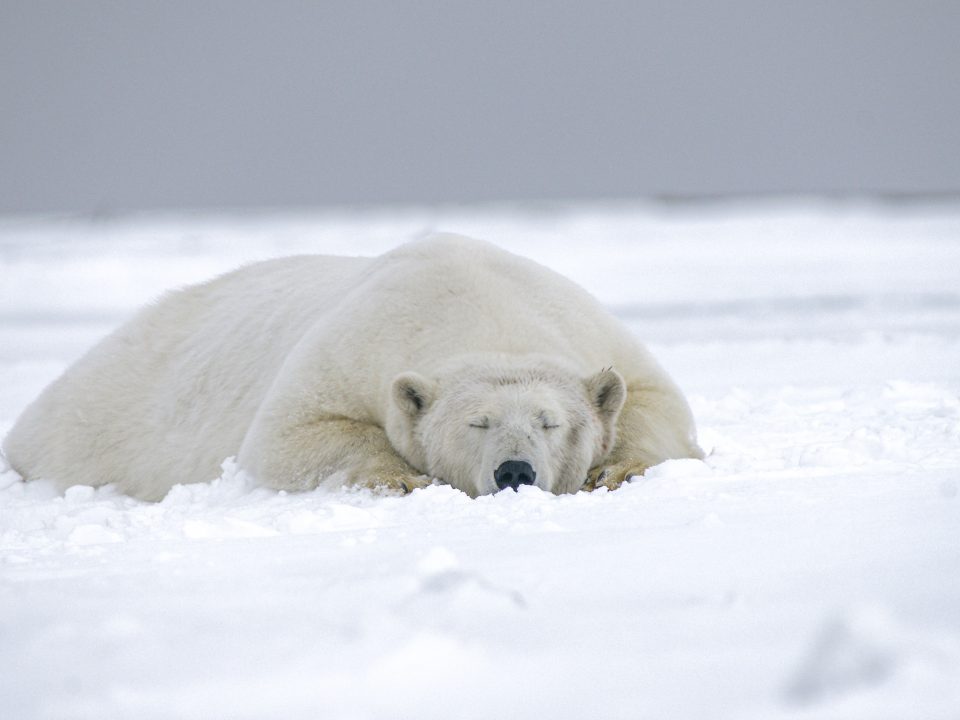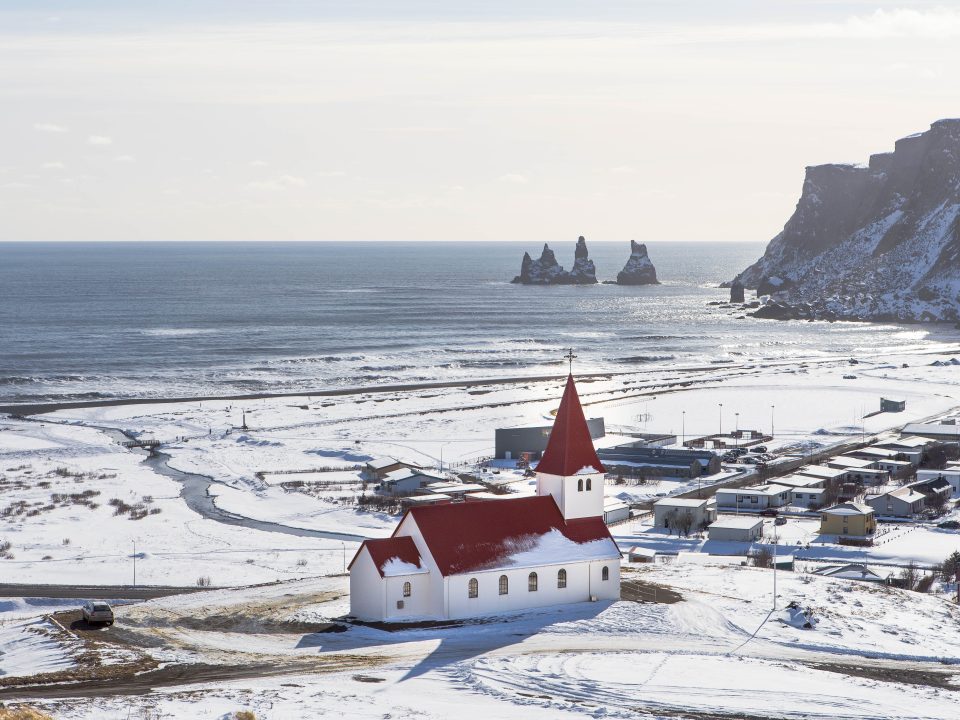ARCTIC FOX IN ICELAND

DECEMBER IN ICELAND
November 29, 2021
ICELANDIC CHRISTMAS TRADITIONS: THE YULE LADS
December 6, 2021The beautiful lands of Iceland are the home of an extremely cute wolf-alike animal named the Arctic Fox. In this article, we are introducing you to this tiny creature endemic to the island.
The Arctic Fox, also called white, polar or snow fox, is indeed the only mammal native from Iceland and present here for thousands of years. The Arctic Fox survived through the last Ice Age and stayed here once the thick glacial ice receded. You might also find some of them in the Arctic Tundra in Greenland and Lapland. It is actually the only predator present on the island (apart from humans). Yes, you will not find dangerous creatures in the island overall and this little one is avoiding humans as much as possible, hence, they are no danger to you.
Arctic Foxes are present all over the island but you can particularly observe them in the Westfjords, more specifically in the Northern part of the Westfjords, in the Hornstrandir Nature Reserve. Since 1994, Arctic Foxes have been protected in this area. In addition, in this nature reserve, there are the largest bird cliffs of Iceland which represent the perfect place to hunt for Arctic Foxes and since this reserve is difficult to access and with very few visitors, Arctic Foxes thrive there.
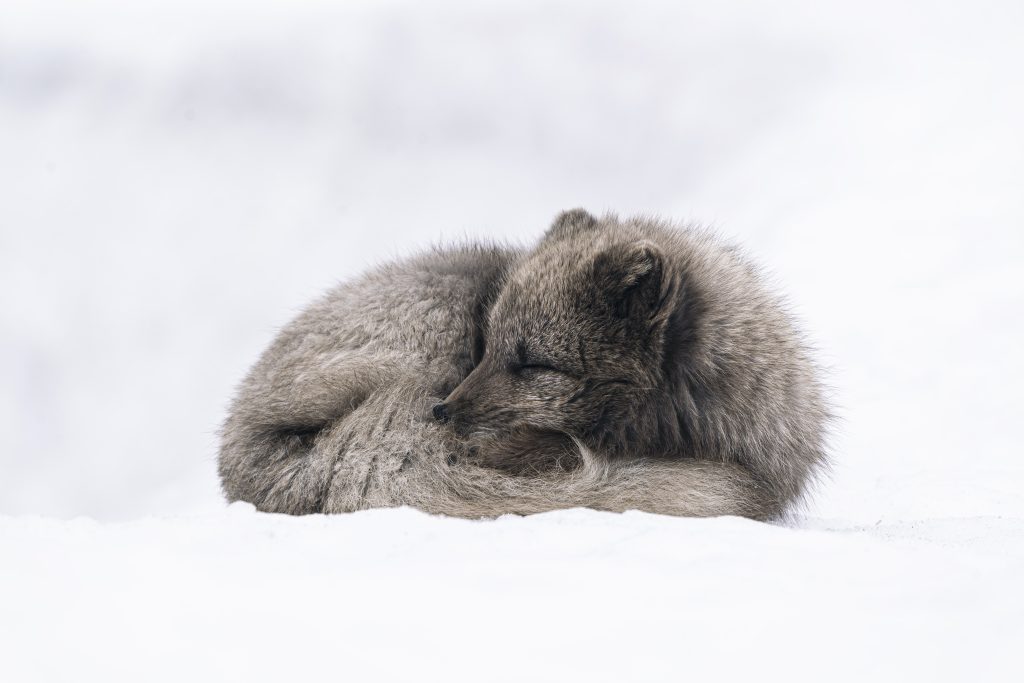
The Arctic Foxes are characterised as being very small with their short tails, muzzles, neck and ears in order to keep their body warm and minimize as much heat loss as possible. There are two types of Arctic Fox: the White Arctic Fox, that will change color for camouflage from white in winter to brown in summer, and the Blue Arctic Fox, who is keeping his brown fur year round. From all the Arctic Foxes present in Iceland, 30% of them are turning white during the wintertime however, since the coastline remains a mix of greys and browns, some foxes do not fully turn white but get some patches of white to blend perfectly in the coastline.
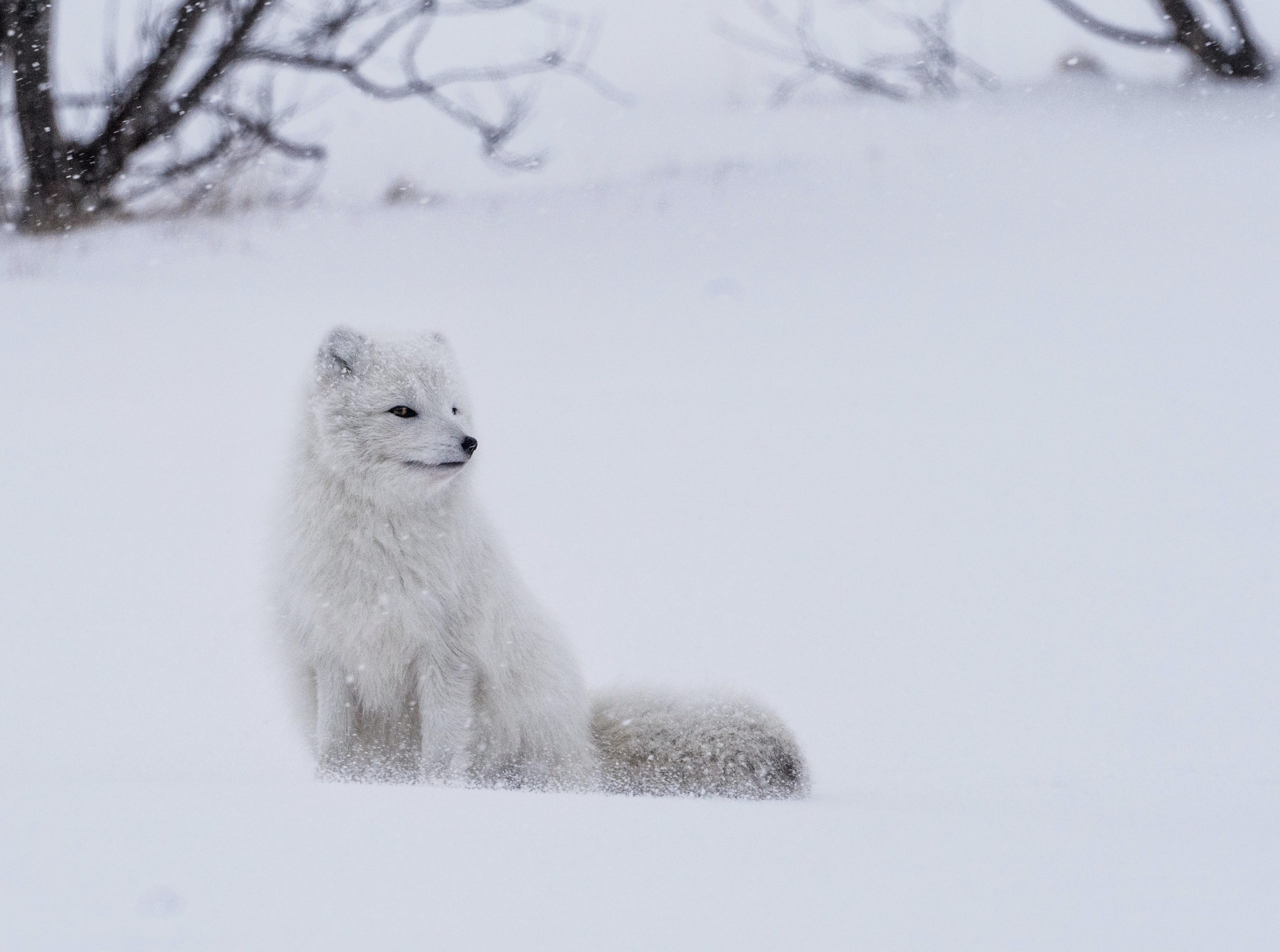
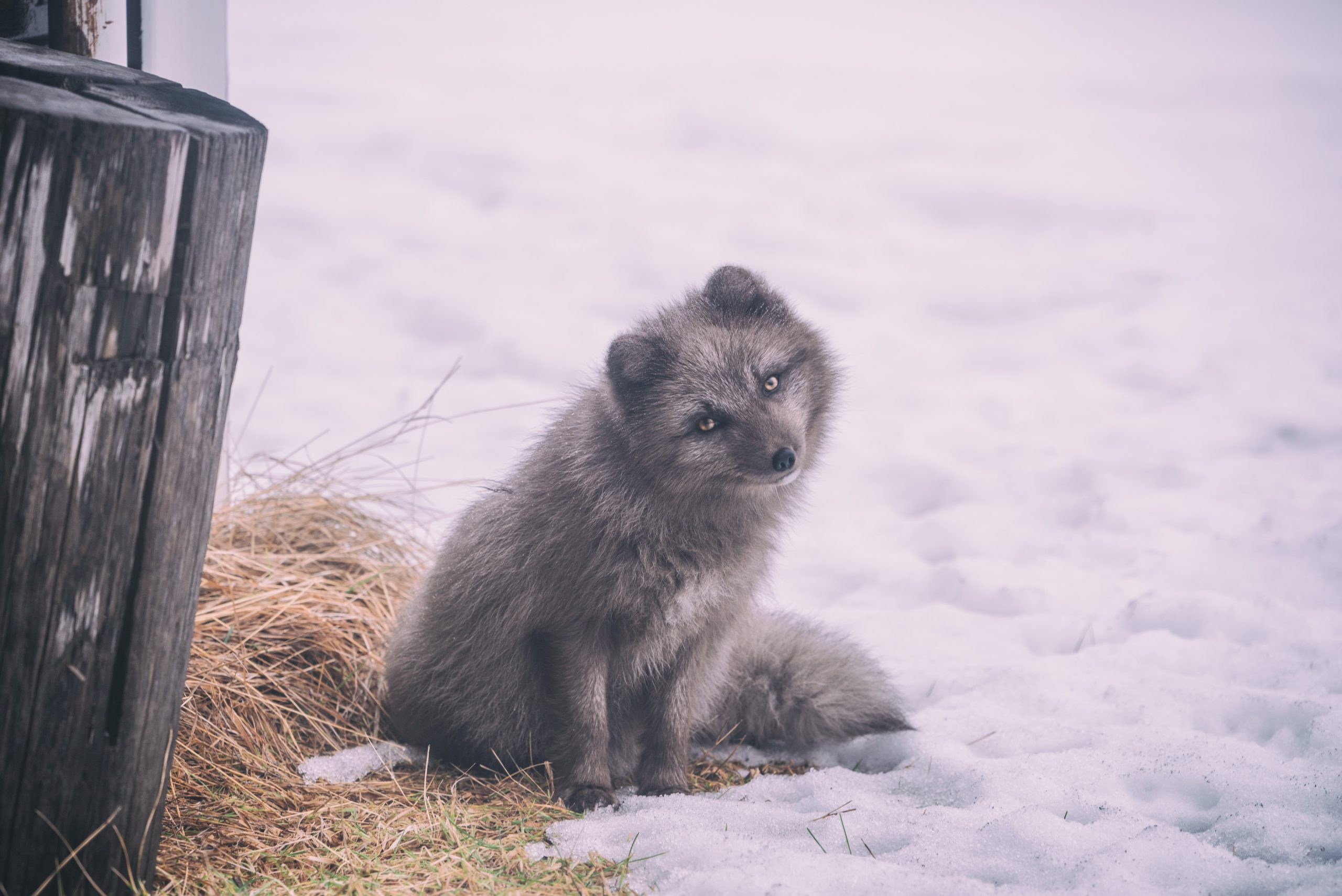
They hunt birds and eat eggs, fish, sea creatures, sheep, mice, dead seals and reindeers. They like to hunt during sunrise and sunset as it is easier to approach their prey when it is not too bright. Arctic Foxes breed from March to April with a two months gestation period. There are about 8000 Arctic Foxes in Iceland and in the whole world, there are an estimation of about hundred thousand Arctic Foxes.
As Iceland is a cold country, you can wonder if Arctic Foxes hibernate. They do not, they only get a bit fatter as they instinctively know the winter is coming and their food supply will be scarcer. They sleep in a ball position to minimize the surface of their body to avoid heat loss.
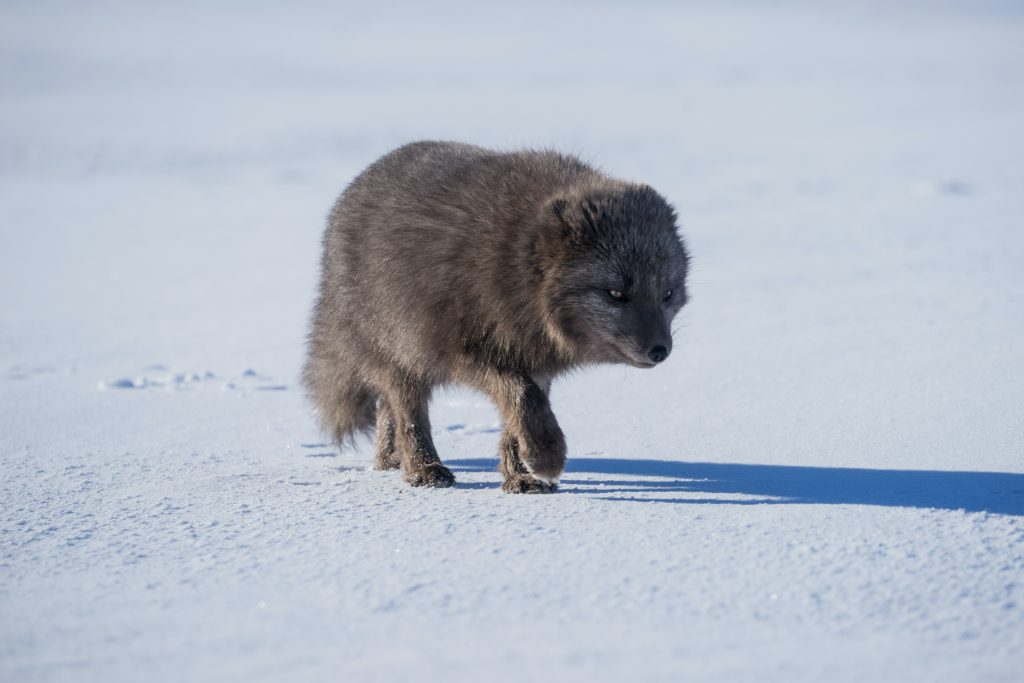
Arctic Foxes have been hunted down when the first settlers arrived as their fur was providing a lot of heat. Nowadays, they are still hunted but for regulation reasons. In other parts of the world Arctic Foxes are endangered but not in Iceland as their population thrive but can represent a threat for other species such as wild birds populations.
You might meet some Arctic Foxes randomly across the country or in the Westfjords but if you are adventurous and you are fond of hikes, we would definitely recommend you to go to the Hornstrandir Nature Reserve. During the summer you can hike there almost without meeting anyone else in the area. But always remember, this is the land of Arctic Foxes, so try to not disturb them, keep safe distance, respect their environment and do not leave any trash after you pass by.

